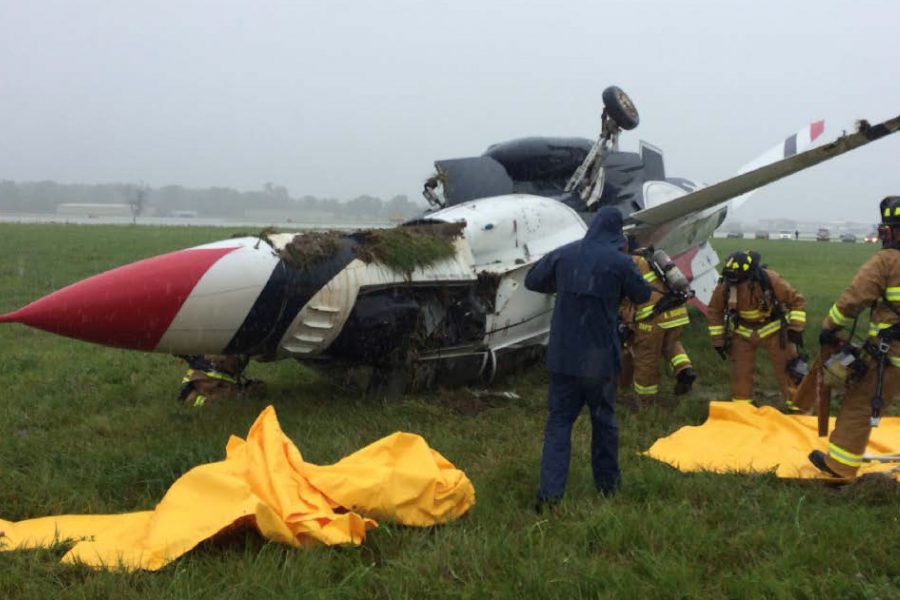Air Force officials overseeing the F-16 Fighting Falcon program say they’ve seen no data that indicates emerging safety issues with the fighter jet, though more than a dozen have crashed since 2014.
“The F-16 System Program Office maintains a robust and proactive system safety program, executed in accordance with United States Air Force guidance and in conjunction with the Air Force Safety Center,” the program office told Air Force Magazine. “Mishap findings and recommendations are constantly reviewed and analyzed by the F-16 SPO, as well as the aeronautics division of the original equipment manufacturer, Lockheed Martin.”
Most recently, an F-16 crashed near Holloman AFB, N.M., during an Oct. 29 training flight. The pilot ejected and was taken to a nearby hospital.
Other incidents over the last three years include:
- Oct. 8: A US F-16 crashed near Spangdahlem AB, Germany, during a training flight. A pilot from the 52nd Fighter Wing safely ejected.
- May 16: An F-16 assigned to the South Dakota Air National Guard’s 114th Fighter Wing crashed near March ARB, Calif., during training. The pilot ejected.
- April 4, 2018: Thunderbirds pilot Maj. Stephen Del Bagno died in an F-16 crash in Nevada.
- April 5, 2017: An F-16 from the Washington, D.C. National Guard crashed in Maryland. The pilot ejected and sustained minor injuries.
- June 23, 2017: A Thunderbirds F-16 flipped on the ground after landing in Ohio. The pilot sustained several injuries.
- June 7, 2016: Two South Carolina Air National Guard F-16s collided during nighttime training over Georgia. Both pilots ejected.
- June 2, 2016: A Thunderbirds F-16 crashed outside Colorado Springs, Colo. The pilot ejected.
A total of 338 F-16s were destroyed from 1975 to 2019. By comparison, only 126 F-15s were destroyed during that same time period. Fiscal 2014 was the most recent year in which no F-16s were destroyed, according to Air Force Safety Center data through fiscal 2019. In that time, six people died from F-16 mishaps.
Six jets were destroyed in fiscal 2015, five in fiscal 2016, two each in fiscal 2017 and 2018, and one in 2019. At least two F-16s were irreparably damaged every year from calendar 1979 to fiscal 2013.
“The F-16 trend for Class A/destroyed aircraft for fiscal year 2013 (FY13) through FY19 has been down, due to the implementation of material and/or procedures,” program officials said in an email. “The recently fielded F-16 Automatic Ground Collision Avoidance System (AGCAS) is an excellent example of a material solution that was developed as an outcome of this process.”
The service said it plans to start installing the collision-avoidance system on older aircraft starting in spring 2020. It is already installed on newer versions of the F-16.
“AGCAS has saved eight aircraft and nine lives,” the program office said.
